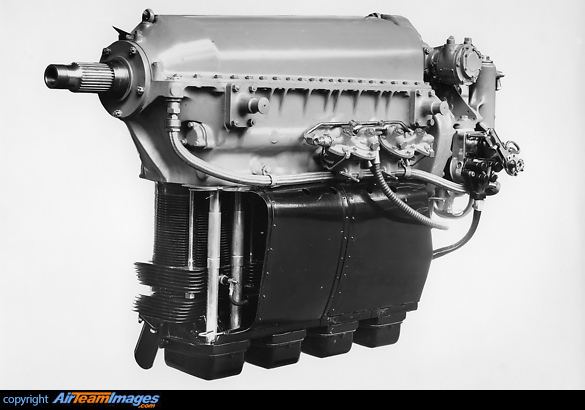 | ||
The de Havilland Gipsy Major or Gipsy IIIA is a four-cylinder, air-cooled, inline engine used in a variety of light aircraft produced in the 1930s, including the famous Tiger Moth biplane. Many Gipsy Major engines still power vintage aircraft types worldwide today.
Contents
- Design and development
- Further development
- Variants
- Applications
- Survivors
- Engines on display
- Specifications Gipsy Major I
- General characteristics
- Components
- Performance
- References
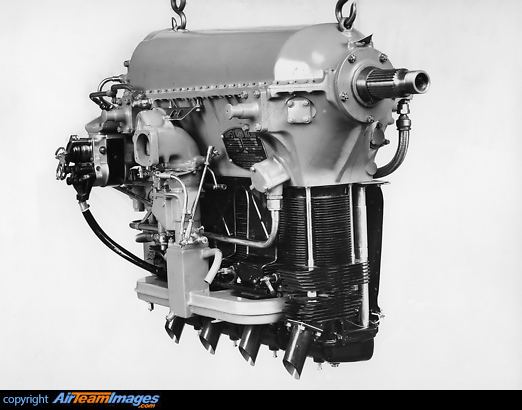
Engines were produced both by de Havilland in the UK, and by the Australian arm of the company, de Havilland Australia, the latter modifying the design to use imperial measures rather than the original metric measurements.

Design and development
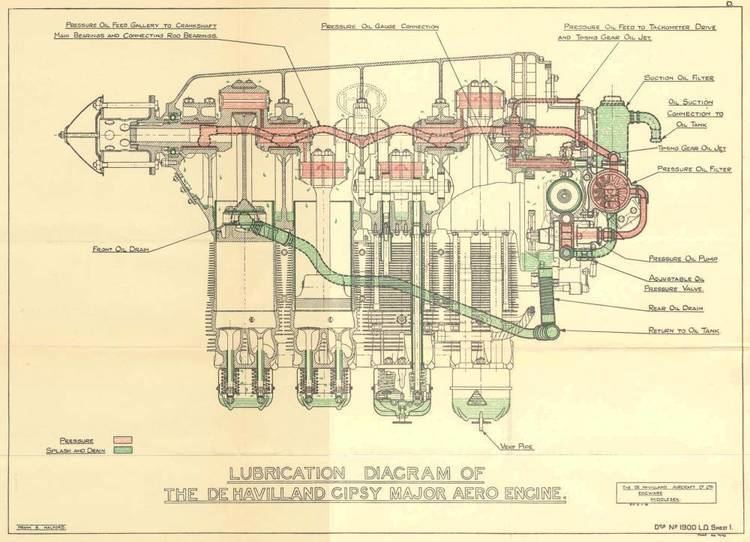
The engine was a slightly modified Gipsy III, which was effectively a de Havilland Gipsy engine modified to run inverted so that the cylinders pointed downwards below the crankcase. This allowed the propeller shaft to be kept in a high position without having the cylinders blocking the pilot's forward view over the nose of the aircraft. One initial disadvantage of the inverted configuration was the high oil consumption (up to four pints per hour) requiring regular refills of the external oil tank, this problem improved over time with the use of modified piston rings. The Major was a slightly bored-out (118 mm from 114 mm) Gipsy III. First built in 1932, total production of all Gipsy Major versions was 14,615 units.
Further development
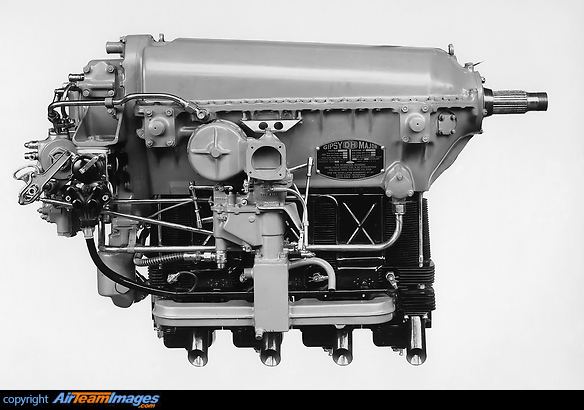
In 1934, when Geoffrey de Havilland needed a more powerful engine for his twin-engined transport aircraft, the four-cylinder Gipsy Major was further developed into the 200 hp six-cylinder Gipsy Six. In 1937 even more power was needed for the new D.H.91 Albatross four-engined transatlantic mailplane, and so two Gipsy Six cylinder banks were combined to form one 525 hp (391 kW) Gipsy Twelve 12-cylinder inverted Vee. In military service, the Gipsy Twelve became known as the Gipsy King and the Gipsy Six the Gipsy Queen.
The advent of World War II cut short all civilian flying and after the war de Havilland was too busy concentrating on jet engines to put much energy into its Piston engines. The Gipsy did not go without a fight though. In Canada the Gipsy Major was the engine of choice for the DHC1 Chipmunk trainer, which later replaced the Tiger Moth in the RAF. By that time however, the Gipsy Major was eclipsed by the Blackburn Cirrus Major in Britain and the American Lycoming and Continental horizontally opposed engines abroad (in a twist of irony, the Blackburn itself was based on Frank Halford’s old ADC Cirrus engine of which Blackburn had bought the licence in 1934). In its final supercharged form, the Gipsy Major used in helicopter applications delivered 220 hp (164 kW).
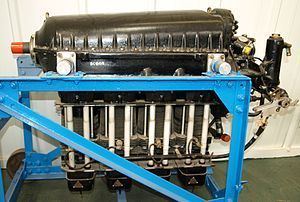
By 1945 the Gipsy Major had been cleared for a world record 1,500 hours Time between overhaul (TBO), surpassing its previously held world record of 1,260 hours TBO achieved in 1943. 1,000 hours TBO had earlier been achieved in 1938.
Variants
Applications
Application list from Lumsden unless otherwise noted.
Survivors
Many Gipsy Major engines remain in service today worldwide, in the United Kingdom alone approximately 175 de Havilland Tiger Moths were noted on the Civil Aviation Authority register in September 2011 although not all of these aircraft were airworthy.
Engines on display
Examples of the Gipsy Major are on display at the following museums:
Specifications (Gipsy Major I)
Data from Jane's.
